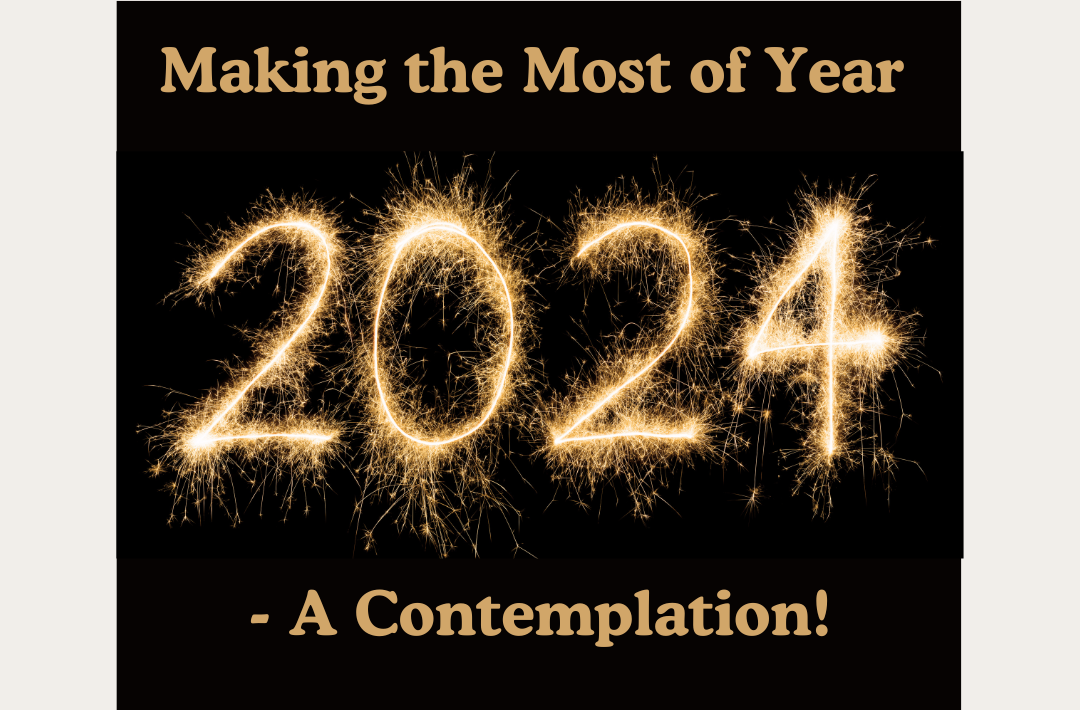 |
Monetary Policy Implementation Framework and Outcome |
Prior to the banking sector consolidation exercise that was concluded in December 2005, the framework for monetary policy in Nigeria had witnessed some transformation. This included the shift from the use of direct monetary policy control to indirect (market-based) monetary management, and the switch from short-term framework to a two-year medium-term framework in the conduct of monetary policy. Although the objectives of monetary policy remained basically the same and monetary aggregates remained the intermediate target for achieving the ultimate objective of inflation during this period, there were some fundamental changes in the strategies and instruments employed in the conduct of monetary policy in order to cope with the evolving financial environment. These changes are phased as shown below.
Era of Direct Control (Pre-SAP Period)
Prior to the introduction of the Structural Adjustment Programme (SAP) in the mid 1980s, the monetary policy framework placed emphasis on direct monetary controls. This was essentially due to the relatively underdeveloped nature of money and capital markets in the country then. The framework relied heavily on sectoral credit allocation; credit ceilings and cash reserve requirements; administrative fixing of interest and exchange rates; as well as imposition of special deposits. During this period the set monetary targets were hardly realized. Instead, the strategy created a lot of distortions and bottlenecks in resource allocation, resulting in wide spread inefficiencies in resource allocation and utilization.
Period of Indirect or Market Approach (Post-SAP Era)
In line economic deregulation embodied by SAP, there was a paradigm shift from the hitherto repressive direct monetary control method to an indirect approach anchored on the use of market instruments in monetary management. This was borne out of the desire to eliminate the distortions and inefficiencies in the financial system caused by the prolonged use of administrative controls and the need to engender competition among banks and other operators in the financial system. Two major policy regimes of short- and medium-term frameworks can be identified.
Regime of Short-Term Monetary Policy Framework (1986 – 2001)
Consistent with the broad objectives of monetary policy, a number of monetary targets and instruments were adopted during the short-term (one-year) monetary policy framework (1986 – 2001). OMO, conducted wholly using the Nigerian Treasury Bills (NTBs), continued to be the primary instrument of monetary policy. This was complemented by the cash reserve requirement (CRR) and the liquidity ratio (LR). Other policy instruments employed included the discount window operations, mandatory sales of special NTBs to banks and a requirement of 200 per cent treasury instrument to cover for banks’ foreign exchange demand at the Autonomous Foreign Exchange Market (AFEM). Interest rate policy was deregulated through the proactive adjustment of minimum rediscount rate (MRR) to signal policy direction consistent with liquidity conditions. Surveillance activities of the CBN focused mainly on ensuring sound management and maintenance of a healthy balance sheet position on the part of deposit money banks (DMBs). On the external front, the official and inter-bank exchange rates were unified in 1999.
In spite of the reforms in the articulation and execution of monetary policy during this period, most of the monetary and financial targets were substantially missed. As can be observed from Table 1, the actual growth rates in broad measure of money supply (M2) and aggregate bank credit for the years, 1999 – 2001, were higher than the targets by wide margins. Although, inflation performed better in two of the three years, aggregate output was sluggish during the period. The major problem could be attributed to the expansionary fiscal policies of the three-tiers of government and the resultant liquidity overhang, as well as lack of coordination of monetary and fiscal policy implementation.
Regime of Medium-Term Monetary Policy Framework (2002 – 2005)
In 2002, the CBN commenced a two-year medium-term monetary policy framework, aimed at freeing monetary policy from the problem of time inconsistency and minimizing over-reaction due to temporary shocks. The new monetary policy framework, still in operation, is based on the evidence that monetary policy actions affect the ultimate objectives with a substantial lag. Under the new framework, monetary policy guidelines are open to half-yearly review in the light of developments in monetary and financial market conditions in order to achieve medium- to long-term goals.
The major objectives of monetary policy since the 2002/2003 period have been to subdue inflation to a single-digit level and maintain a stable exchange rate of the naira. Attention has also been focused on the need for a more competitive financial sector geared towards improving the payments system. The OMO has continued to be the primary tool of monetary policy, and is complemented by reserve requirements, discount window operations, foreign exchange market intervention and movement of public sector deposits in and out of the DMBs. The CBN has also continued to ensure banking soundness and financial sector stability, not only to ensure the effective transmission of monetary policy to the real sector but also to enhance the efficiency of the payments system.
The measures taken to strengthen the banking sector and consolidate the gains of monetary policy included the introduction of a 13-point reform agenda in the banking sector in July 2004 (the key point of which was the N25 billion minimum capital base for DMBs). The 2004/2005 monetary policy and credit guidelines were fine-tuned in 2005 in the light of changing environment. New policy measures introduced included maintenance of a tight exchange rate band of plus/minus 3 per cent, two-week maintenance period of cash reserve requirement and the injection/withdrawal of public sector deposits from the DMBs. The various measures put in place, complemented by improved fiscal…
Enjoy this article? Feel free to share your comment, idea or opinion in the comment section
Related Articles

|
Making the Most of Year 2024 - A ContemplationAs we are about to get into June, signifying the end of the first half of the year, it's a perfect time to reflect on how to turn the rest of 2024 into something truly fulfilling. Depending on the level of achievement of your set goals for the year, we have put together some ideas to guide your [Read more]
|
Posted: 11 months ago |

|
Institutional Framework for Monetary Policy in NigeriaThe institutional set up of the monetary policy process affects the efficacy of monetary policy. In Nigeria, the Monetary Policy Department of the CBN articulates the monetary policy framework and produce draft monetary programme which is considered by a Monetary Policy Committee(MPC) . The MPC also [Read more]
|
Posted: 13 years ago |

|
Issues in Supply Chain ManagementCompanies can enhance their SCM performance by focusing on the issues that influence SCM performance. It is found that SCM encompasses planning, manufacturing, and operations management necessary to bring a product to the marketplace, from the sourcing of materials to the delivery of the completed p [Read more]
|
Posted: 3 years ago |


